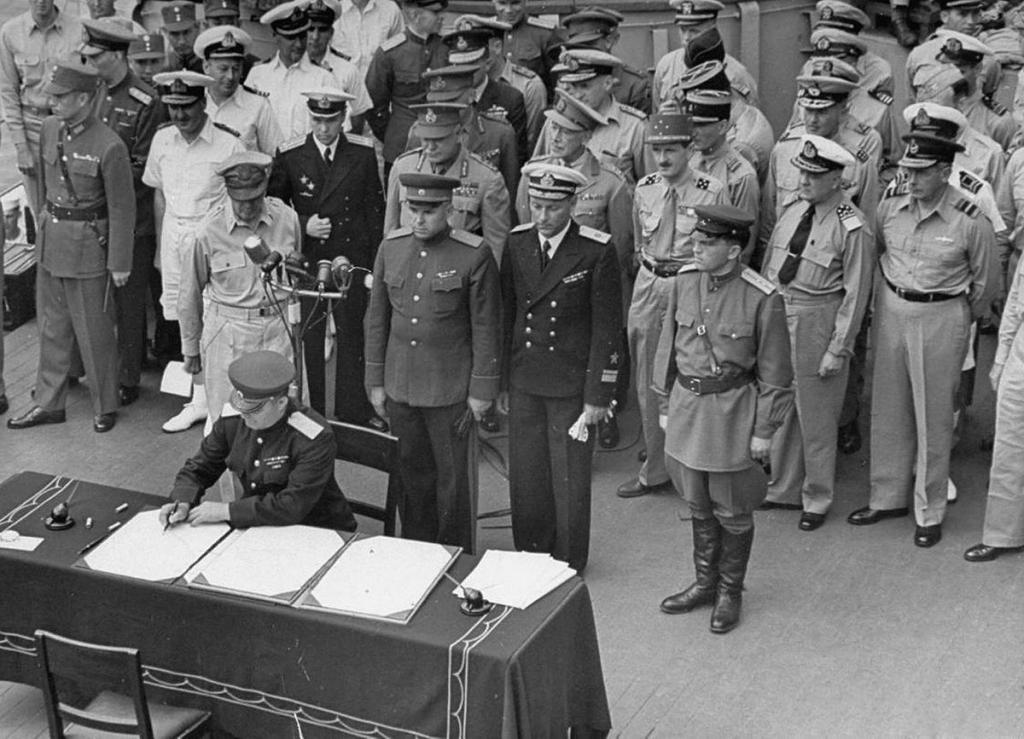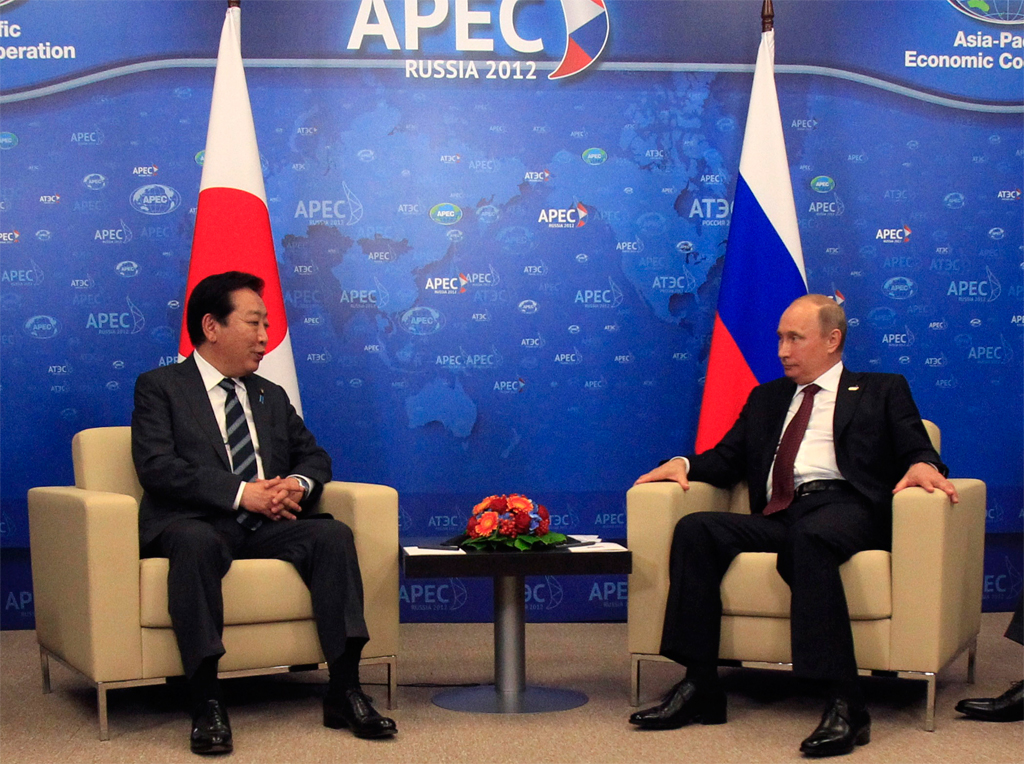The history of relations between Russia and Japan began in the last years of the seventeenth century, although at the diplomatic level they were officially established only in 1992, that is, after the collapse of the USSR. There were many contradictions and conflicts between the countries, but at present, the diplomatic dialogue is not interrupted at the highest level, although relations remain complicated.
The first Russian contacts with the Japanese
By the middle of the seventeenth century, Russia, which had already incorporated most of Siberia, reached the shores of the Sea of Okhotsk. In 1699, the contact of the expedition of the explorer Atlasov with a Japanese named Debei, who was shipwrecked, took place. So Russia learned about the existence of a new state to the east. Dembei was brought to the capital, after which he was appointed by Peter the Great as a teacher of the Japanese language at a school that opened in St. Petersburg.
Russian expeditions
As a result of numerous expeditions, valuable information was collected, which was published in the essay "Description of the Alon state." Ivan Kozyrevsky gave an expanded geographical description of the discovered country, the main cities, traditions and customs, agricultural conditions, indicated cultivated crops, especially soil and agriculture. The information was obtained through questioning of local residents and the Japanese, who were in captivity, that is, from indirect sources.
Japan learned of the existence in the north of the country under the name Orosia (Russia) around 1739. Russian ships approached the shores of the provinces of Ava and Rikuzen. The coins received by the population from the Russians were delivered to the government. Top officials turned to the Dutch who lived in Japan, who reported the place of coin minting.
Russian pioneers sailed the Sea of Okhotsk and established settlements on the territory of today's Khabarovsk Territory, but the advancement did not create stable Russian-Japanese relations. Then relations between Russia and China worsened, and Japan receded into the background. This was also facilitated by its self-isolation, the meager settlement of Hokkaido (due to the harsh climate, the Japanese did not seek to develop new territories), the absence of a fleet in both countries and the loss of Primorye by Russia.
First embassy
As the Russians developed Sakhalin, Kmchatka, the Kuril and Aleutian islands, and Alaska, establishing relations with Japan acquired considerable importance, because the country had become a direct neighbor in the Far East. The first attempt to establish political relations between Russia and Japan was made under Catherine II - an embassy was sent with A. Laksman at the head (his ship is shown in the illustration below). The official reason was the transfer to the homeland of the Japanese, who were shipwrecked on the island of Amchitka.
The main task of the embassy (establishing trade relations) remained unfulfilled, but the Japanese government showed compliance. Russia received the right to enter Nagasaki to continue contacts. During the expedition, valuable scientific information was collected on the ethnography and nature of Northern Japan. The embassy provoked an increase in the interest of Japanese officials and merchants in establishing trade and economic relations.
The second attempt was made under Alexander I - in 1804, Russia sent an embassy to the Land of the Rising Sun, headed by N. Rezanov. Success was not achieved. Extremely annoyed Nikolai Rezanov ordered his officer to "scare the Sakhalin Japanese", which he took as an order to raid the settlements. This ruined Japan’s relations with Russia. The Japanese were then awaiting the outbreak of war.
The conflict in the years 1811-1813
On the brink of war, relations between Japan and Russia put the Golovin incident. The conflict occurred due to the capture by the Japanese of the captain of the Russian vessel, which carried out a description of the Kuril Islands, V. Golovnin, four sailors and two officers. Japan kept Russian sailors in prison for three years.
Signing of the Shimodsk Treaty
The interest of the Russian authorities in Japan increased again in the middle of the nineteenth century, when active European colonial expansion in East Asia began. The first contract was signed in 1855. This agreement not only marked the establishment of diplomatic relations, but also determined the status of the Kuril Islands and Sakhalin. Nevertheless, this did not prevent further skirmishes and misunderstandings between countries on territorial issues.
The signing of the St. Petersburg Treaty
The St. Petersburg treaty, signed in 1875, was more advantageous to Japan than to Russia. The exchange of the Kuril Islands for Sakhalin was essentially a concession by Russia to its own territory in exchange for the legal recognition by Japan of the rights of Russians to Sakhalin, which, for the most part, was controlled precisely by Russia. In addition, the Russians lost access to the Pacific Ocean and part of their positions in the development of the Sea of Okhotsk. The Russian economy has also suffered because the development of fisheries in this reservoir has stopped. Unfortunately, the contract did not solve the existing problems. Territorial disputes between Russia and Japan are still ongoing.
Russo-Japanese War and Cooperation
At the beginning of the twentieth century, international relations as a whole were greatly aggravated. Japan and Russia were no exception. The country began fighting without declaring war in 1904 with an attack on the Russian fleet in Port Arthur. Russia was defeated, so it feared the continuation of the war in the future and was forced to make concessions. From the concluded treaties in the period from 1907 to 1916, Japan received significantly more.
Japanese intervention in Soviet Russia
When the power of the Soviets was established in Russia, the Land of the Rising Sun did not recognize the new state. In the Civil War, the Japanese sided with the White Guard, carrying out an intervention against Russia in 1918-1922. Since 1918, Japanese troops participated in the occupation of the Far East and Siberia, took part in the battles against the Red Army and the Red Partisans. Only in 1922, troops were withdrawn from Russian territories.
Relations in the years 1922-1945
Relations between Japan and Russia (from the times of the USSR) were regulated by the Beijing Treaty, concluded in 1925. Moreover, relations between countries during this period can be characterized as neutral. In the thirties, Japan occupied Manchuria, border conflicts and provocations began.
A full-blown conflict was brewing due to territorial contradictions, due to border violations and Soviet assistance to China. The fighting began at the end of July 1938, but the reinforcements that arrived at the Soviet border guards allowed the Japanese to get out of their positions. Another significant local conflict was the fighting on Khalkhin Gol. At first, the Japanese managed to advance, but then they were repelled to their original positions.

In the early forties, relations between Russia and Japan remained tense due to Japanese support for Germany and Italy. The country's accession to the Axis threatened a new war, but Japan in those years adhered to a policy of neutrality towards the USSR. After the defeat of Germany, the Soviet Union opposed the Land of the Rising Sun, the expansion of which turned into the Pacific Ocean. The reasons were allied commitments, the desire to return territories and militarism in Japan, which threatened peace. In this confrontation, the USSR quickly won.
Relations between countries in 1945-1991
Japan signed the Surrender Act back in 1945, but a peace treaty was signed only six years later in San Francisco. According to the text of this agreement, Japan renounced the rights to the Kuril Islands, but the US Senate then adopted a unilateral resolution, which established that the signed treaties would not mean recognition of rights to any territories by the Soviet Union.
Under Khrushchev, an attempt was made to negotiate with Japan without the participation of other states. The agreement concluded in 1956 helped to improve relations and allowed for the establishment of trade and economic cooperation. But the document was not a full agreement, because the issue of ownership of the Kuril Islands was not resolved.
Modern Russian-Japanese relations
The country of the rising sun recognized the Russian Federation as the state-successor of the USSR on January 27, 1992. After the establishment of diplomatic relations between Russia and Japan, a dialogue is maintained. At present, relations are complicated only by the continuation of Tokyo's unfounded claims to the Kuril Islands. Therefore, between the countries still has not concluded a peace treaty.
Relations between Russia and Japan were hit hard by Tokyo's accession to the 2014 sanctions. Nevertheless, during telephone conversations at the initiative of the Japanese side, an agreement was reached on the use of all available opportunities for the further development of political, economic and cultural ties between the states. The heads of both countries expressed their readiness to continue a thorough discussion on pressing issues.
Cultural connections
A special role in the development of international relations between Russia and Japan is played by cultural exchanges. In the early summer of last year, the Russian Seasons project was launched in Tokyo. The country became the first where such a large-scale event is held that will introduce Japanese society to the outstanding achievements of Russian culture. The current year of 2018 has been declared the “Cross” Year of Russia in Japan and the Year of Japan in Russia.
The practice of exchanges is developing, which began after the conclusion in 1986 of the Agreement on mutual visits to burials in the USSR and Japan. In 1991, movement was facilitated: a visa-free regime was established between the South Kuril Islands and Japan. Trips can be carried out on a national passport. Not only ordinary citizens participate in exchanges, but also students, museum workers, scientists, and doctors.
Country Cooperation in Economics
In 2012, trade between Russia and Japan amounted to 31 billion US dollars, in 2016 - 16.1 billion dollars. Rosstat claims that the bulk of Japanese investment in the Russian economy (more than 86%) is made up of investments in the mining and refining oil and gas industry, the rest is directed to the production of automobiles and spare parts (2%), logging and wood processing (3%), and trade (3%) )
Most investments are concentrated on Sakhalin. The Sakhalin-2 project involves the development of the Piltun-Astokhkoy and Lunskoye fields in the Sea of Okhotsk with the participation of the Japanese company Mitsubishi Motors. The joint Russian-Japanese creation of two enterprises in the Sea of Okhotsk and Eastern Siberia was announced by Rosneft in 2011. There are also plans to develop the field in the Kuril Islands. Cooperation continues in the field of chemical industry and pharmaceuticals, metallurgy.

Trade and economic relations between Japan and Russia improved after the agreement of the NSPK of the Russian Federation with the largest payment acceptance system in Japan for the issue of plastic cards, which will be accepted both in Russia and abroad. This will greatly facilitate the conduct of joint projects. Economic relations between Russia and Japan are steadily developing in all directions. Both parties recognize the potential for cooperation, which to date has not been fully realized for a number of reasons.
Relationship perspective
If we try to give a brief characterization of the issue in general, relations between Japan and Russia today still remain complicated, because the geopolitical interests of the countries are opposite. But the dialogue continues. There are a number of common points and joint projects, so that in general, the development of Russian-Japanese relations is expected in the future in a positive way.